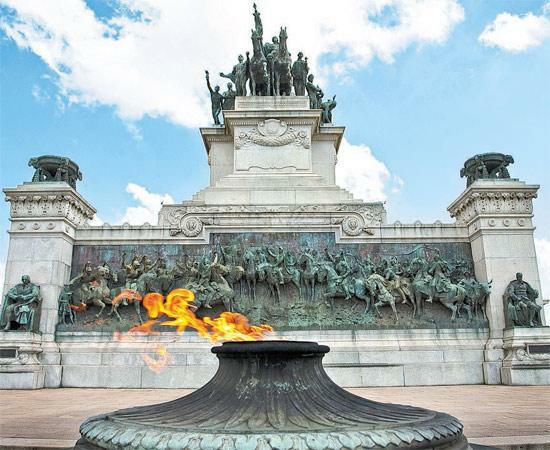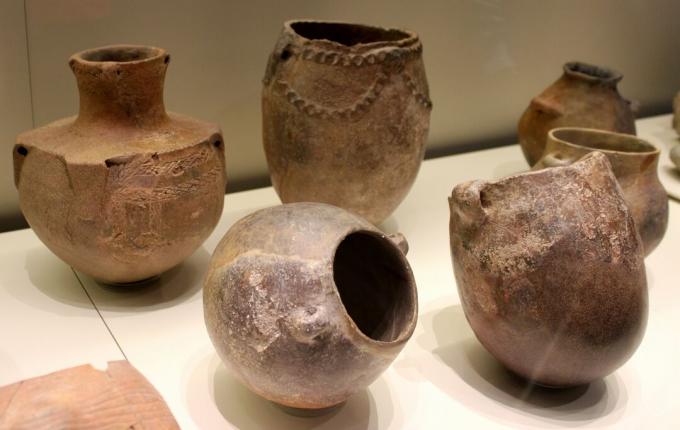The Mayans formed a civilization who inhabited part of Central America, during one of the longest periods of the pre-Columbian era: approximately 2,500 years before Christ until the beginning of the 16th century.
The Mayan civilization was spread among a series of city-states that occupied the southern region of Mexico, Guatemala, Honduras, Belize and El Salvador.
Even though one of the oldest pre-Columbian civilizations, the Mayans did not build an empire, like the Incas and the Aztecs did, for example.
The Mayan society was formed by three main nuclei: the nobility (first class); you tax collectors and masters of ceremonies (second class); and the peasants and artisans (third class).
Members of the first and second class inhabited the cities, while the peasants lived on the outskirts and were forced to pay high taxes to their leaders.
Social mobility was not common in Mayan society. Therefore, the individual who was born in a certain class, had no possibility of ascending to other social levels.
Economically, the Mayan people lived from agriculture, through the cultivation of cotton, tomatoes, potatoes, cocoa and other fruits. They were also dedicated to raising some animals, such as turkeys and bees.
The decline of the Mayan civilization, unlike other pre-Columbian empires, was not motivated by the Spanish invasion in the 16th century. In this period, the Mayans were already in crisis, probably because of the constant wars, allied to a serious problem in agricultural production, causing the Mayan population to perish.
However, there are approximately 4 million descendants of the Mayan people today, who inhabit villages and regions of Central America.
Mayan Prophecies
One of the most famous Mayan prophecies was the supposed “end of the world”, scheduled for December 21, 2012, according to the contemporary interpretation made from the Mayan calendar.
However, according to specialists and scholars of Mayan culture, this civilization made no prophecies or predictions for the future. They were limited to predicting the fate of a person or city based on the analysis of the calendar, and based on their religious principles.
Mayan Calendar
The Mayans are known for their complex and precise calendar which, in reality, consists of a combination of several other distinct calendars.
The Mayan calendars were constructed in the form of pyramids, which also served as observatories for the astronomer priests.
Religion
The Mayans were polytheistic, that is, they worshiped different types of gods. However, there were four main deities in the Mayan religion, known as bacabs, and that represented different aspects of nature.
Human sacrifices were common in rituals dedicated to their gods. Normally, people sacrificed were prisoners of war captured from other tribes, for example. Because they were considered “pure beings”, many children were also offered at the Mayan sacrifices.
Another peculiarity of the Mayan religion is the absence of the dualistic concept of “good” and “evil”.
Culture
Artistically, the Mayans produced dyed ceramics and fabrics, as well as huge buildings architectural, such as temples and pyramids used as astronomical observatories or for rituals to the gods.
The Mayans also excelled in astronomical and mathematical studies. They are known for creating the decimal places and the concept of the value of zero, for example.
The official language that was spoken by the Mayans was Yucatán, however they also spoke different types of dialects, formed from influences absorbed from other smaller cultural groups.
The Mayans developed a writing system that, like the Egyptians, was based on the use of hieroglyphics. The interior of the temples and pyramids served as a space for important events to be recorded by the Mayan priests.
See also: the meaning of Hieroglyph.
Mayans, Aztecs and Incas
They are important pre-Columbian civilizations that occupied different regions of the American continent during different periods of time.
Each culture is known for its particularities and notorious advances in various areas of human knowledge, such as mathematics, astronomy, agriculture, architecture, the arts and so on.
Learn more about similarities and differences between the Mayans, Aztecs and Incas.



